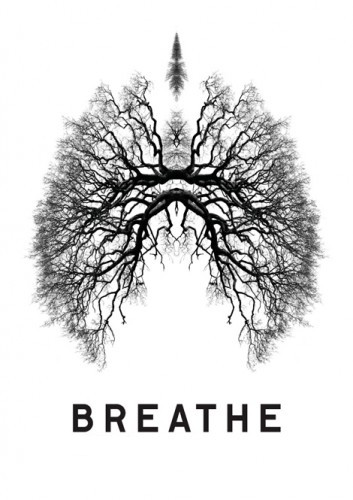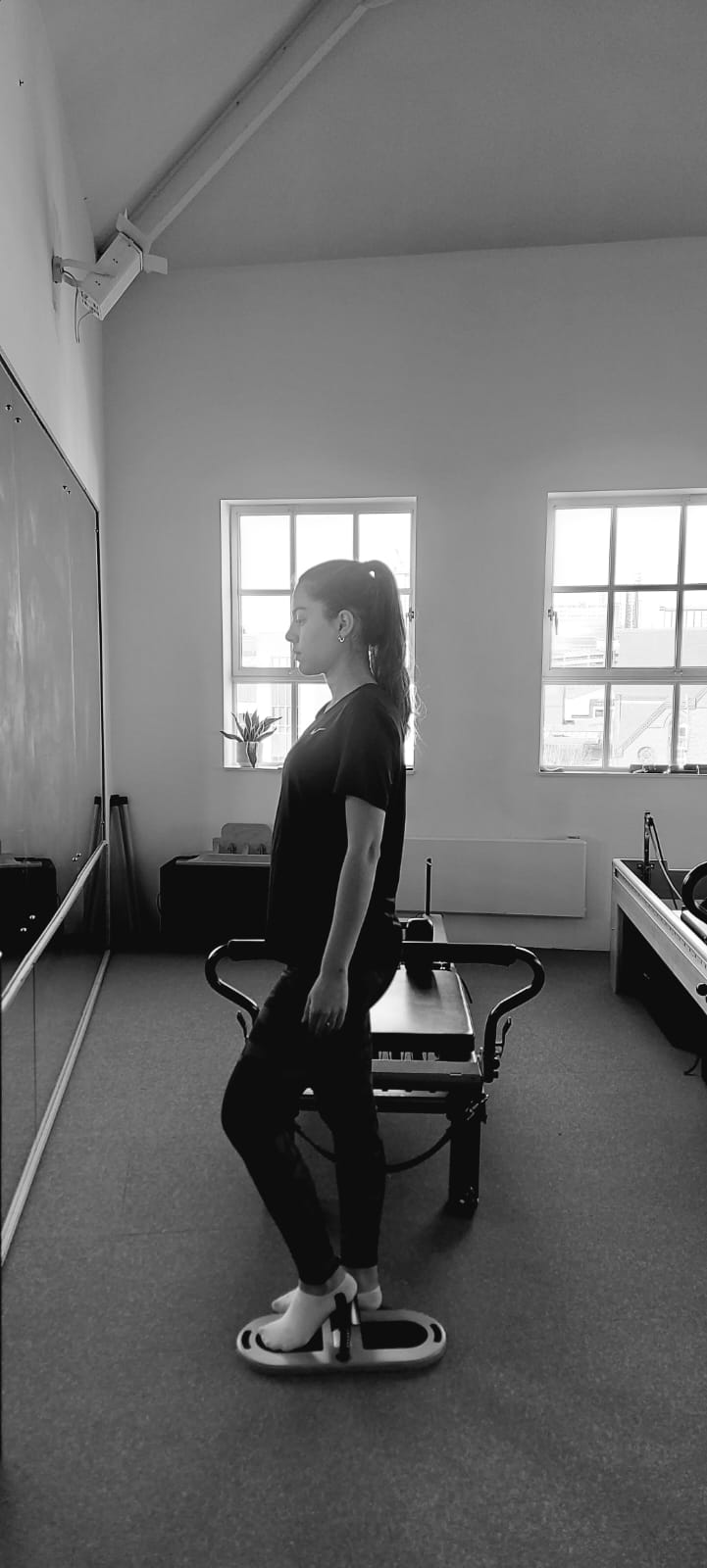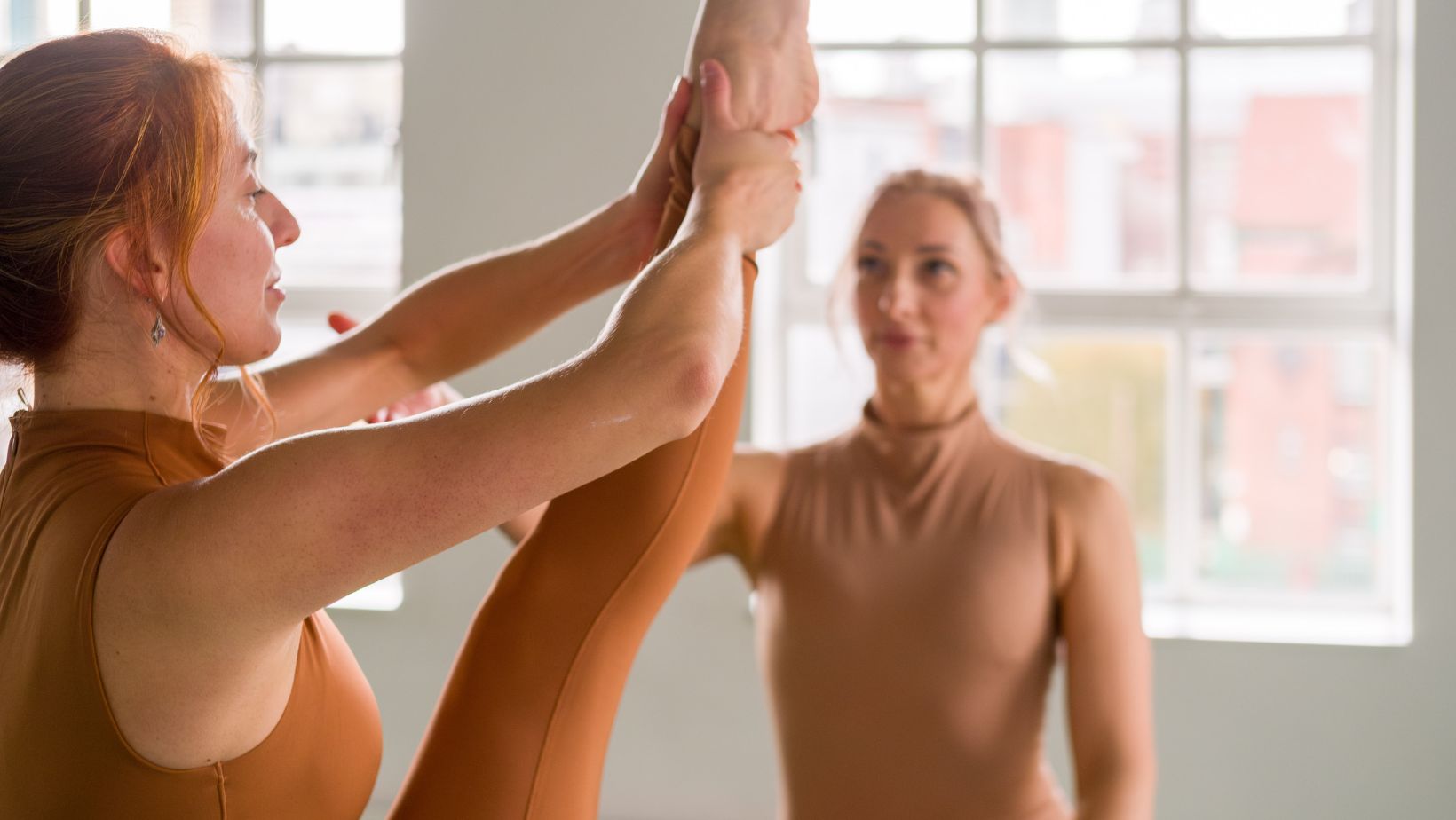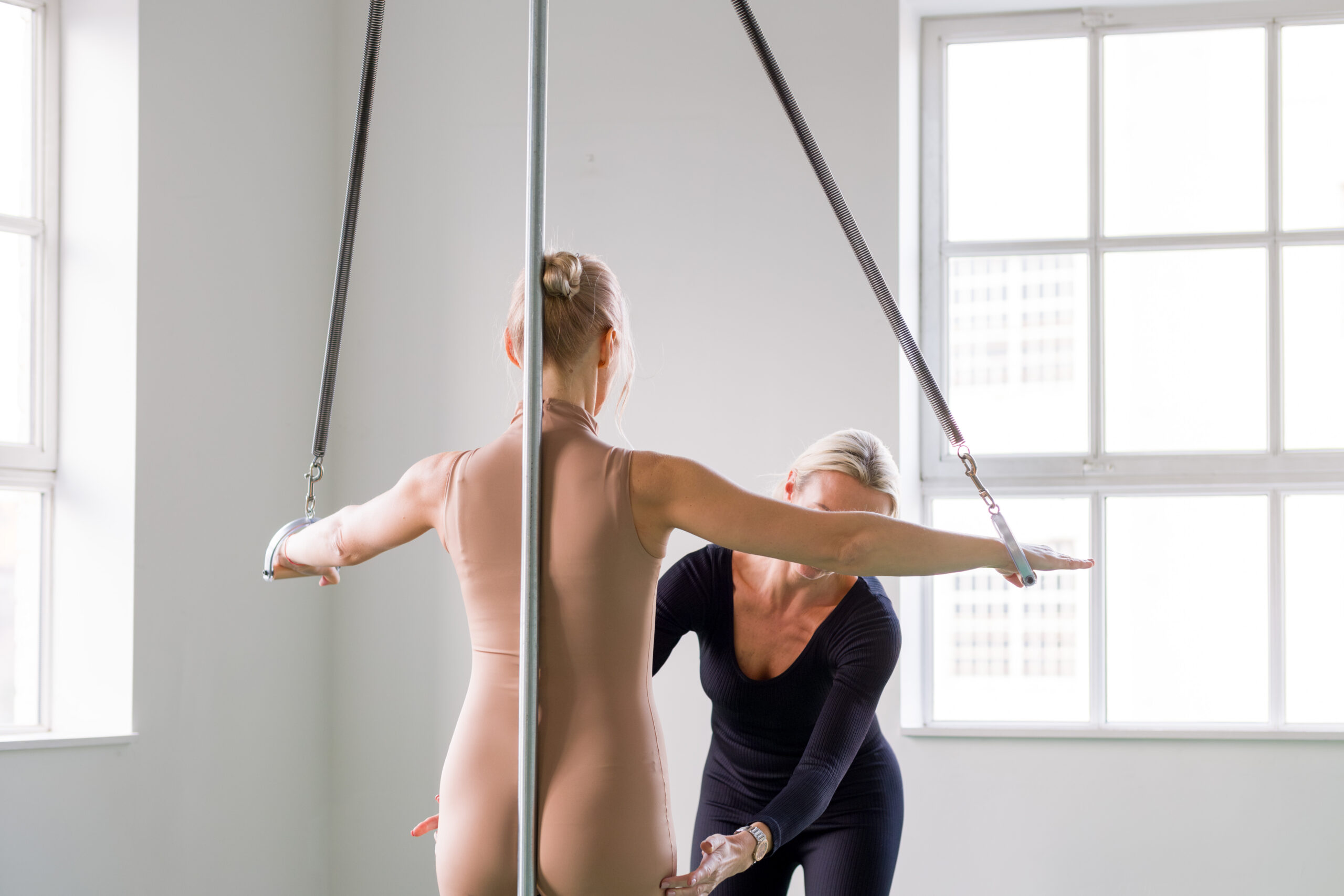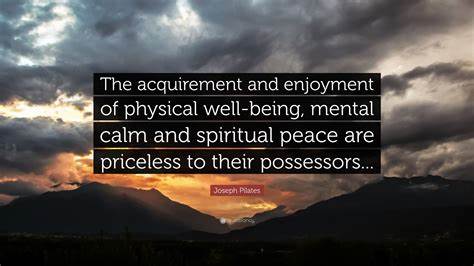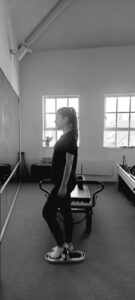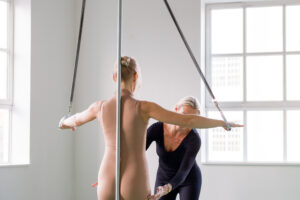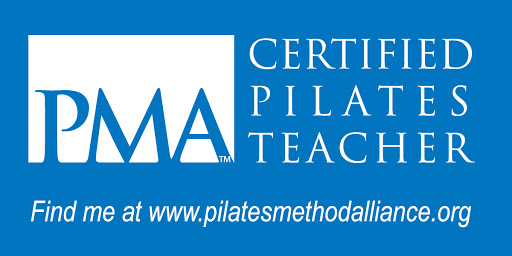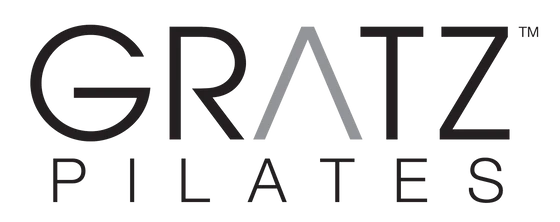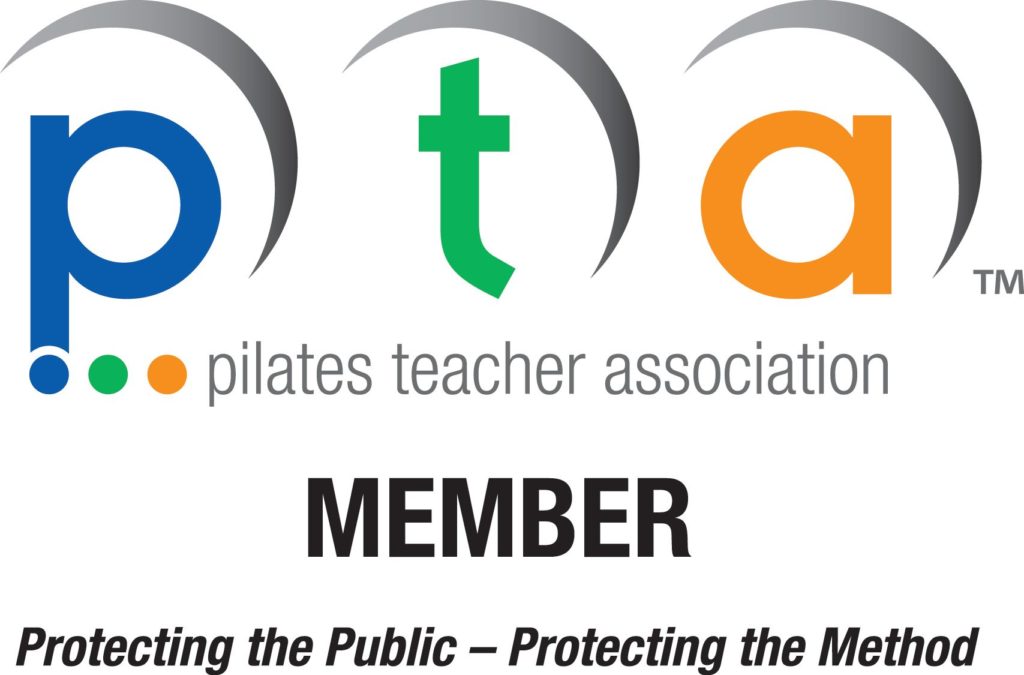What’s the fuss about?
The short simple answer is that one way of breathing helps us to regain / improve muscle tone in our abdominal muscles. This improves spinal health. In other words: it’s good for your spine. It also helps to stretch out the ribcage which often gets stiff and immobile, putting strain on your neck and lower back as they try to take up the slack in lack…
Here’s another clue: in his exercise instructions in his book: “Return to Life” Joe Pilates mentions “abdomen” just once. There are 111 references to breathing (inhale and exhale)! All these references are qualified with the word “slowly” but “quickly” is used only once.. I’m guessing that Joe thought breathing more important to a successful Pilates Practice than the abdominal muscles!
Through the Nose or Through the Mouth?
When I started my teacher training programme, I was taught to breathe in through the nose and out through the mouth. Since those early days, I’ve discovered that most traditional schools prefer nasal breathing only and that Joe Pilates didn’t actually say “in through the nose and out through the mouth”.
Nothing in this video references Pilates, but it is a great TEDx talk on breathing…
Quick Intro: Breathing in Pilates
Breathing is sometimes the first thing we learn in Pilates – it’s a often stressed as an important part of Pilates.
But it can be a bit of a can of worms. It adds on an extra layer of complexity and confusion onto what can be already new things to think about.
I simply leave it out to begin with – as you start your Pilates practice, just breathe as best you can. Be aware of it as something to master eventually. Don’t allow it to impede your progress forward – just get moving. The very worst thing that you can do is hold your breath – but as you can only do that for a short time anyways – you’ll have to breathe eventually!
A good teacher won’t labour the point! A great teacher will be able to get you breathing the right way without you even noticing!
The Foundation and Rhythm of Life
Joseph Pilates obviously thought about and wrote about the importance of breathing:
“Breathing is the first act of life and the last. Our very life depends on it.”
and,
“Lazy breathing converts the lungs, literally and figuratively speaking, into a cemetery for the deposition of diseased, dying and dead germs.”
In order to get the most out of your Pilates practice, becoming aware of how we’re breathing is helpful.
So, why incorporate breathing techniques into your Pilates practice?
- Posterio-lateral breathing (aka “Rib” Breathing) needs deep abdominal activation to do. This activation of our abdominal muscles helps to strengthen them. This, in turn, helps to support our spine. This is because our abdominal muscles connect to the spine via the “thoracolumnar fascia”.
- It helps teach us control – which is one of the fundamentals of Joe Pilates’ system, a system of strength and conditioning that he originally called “Contrology”.
- Good use of breath can help further increase mobility. This can be used to good advantage in any exercise where there is an element of stretch or lengthening.
- Breathing exercises can improve lung capacity and lung health.
- Practising breathing exercises can help focus the mind.
- Improves strength by strengthening lots of muscles: the diaphragm, pelvic floor, transversus abdominis, internal and external intercostals, serratus posterior, superior and inferior, the scalenes, and upper trapezius! (Read this book -it’s an anatomy book, but beautifully written and illustrated – a total TREASURE!).
“Belly vs Rib Breathing” – Diaphragmatic vs Posterio-Lateral
These first two breathing techniques are perfect contrasts! You could do worse than think of them as opposites…
Diaphragmatic (breathing into your belly)
… is relaxed and relaxing. It comes to us naturally, most people rarely stop to notice it!
Lateral – Posterial (breathing into your ribs)
… is energising and active … it takes concentration, effort and energy…
An awareness raising technique…
Get started becoming more aware of what happens when you breathe in different ways:
Any Questions?
Ask away – I love to help! Send a mail or leave a comment at the bottom of the post – see you there…
If you like this content, why not join our Resources Membership site where you can find hundreds of useful Pilates and Pre-Pilates video tutorials and links to written tutorials like this. Want free access? Sign up for the Newsletter for a Coupon Code that gives you free access!
Miguel 🙂

